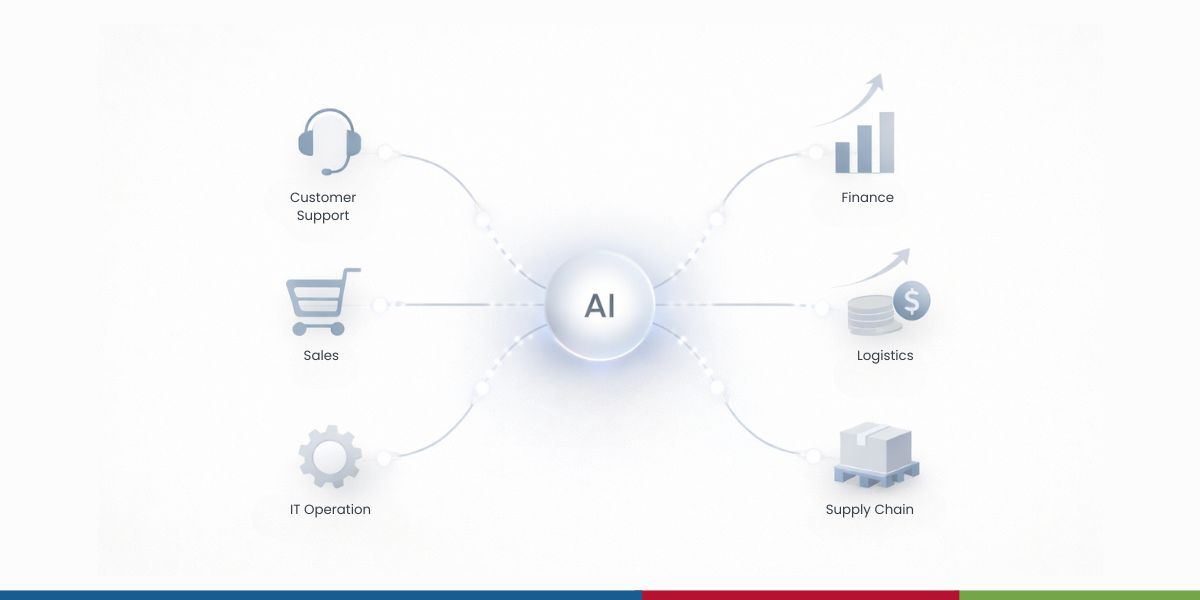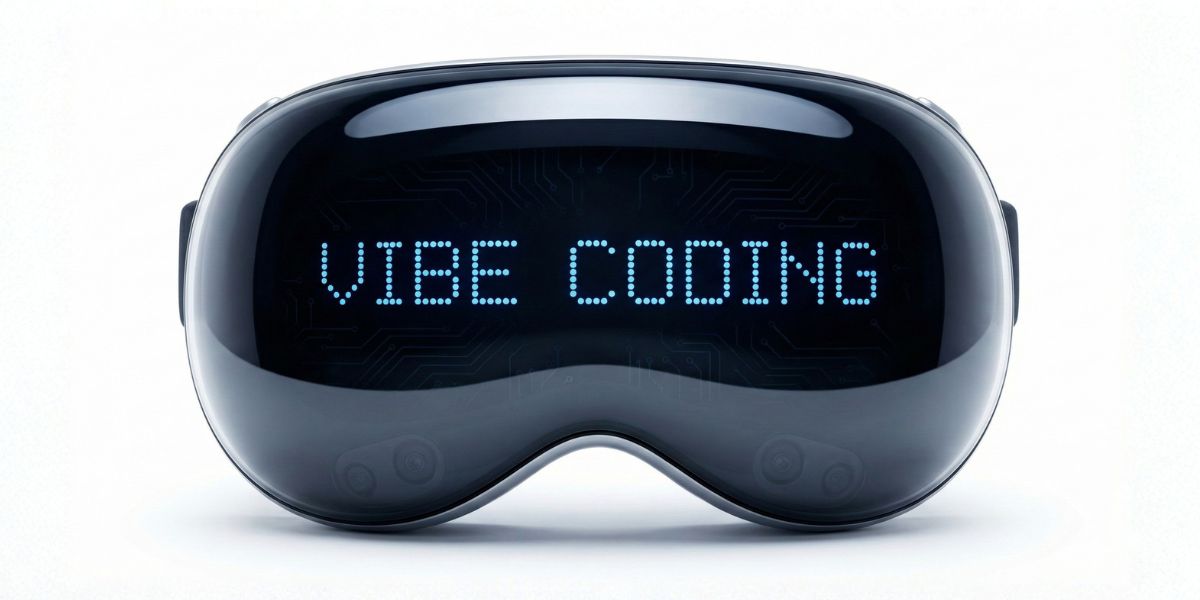Live Streaming Encoders: Best Practices and Tips

4 min read | By Postpublisher P | 02 April 2024 | Technology
Live streaming has become an essential component of our internet experience. It enables people and businesses to broadcast real-time video content over the internet, connecting with audiences across the world. Whether it’s live events, educational sessions, gaming, or social media engagements, live streaming is a dynamic and engaging approach to engage audiences.
Its popularity is growing due to its capacity to break down geographical borders, promote real-time contact, and create immersive experiences that traditional media cannot match. As technology evolves and internet availability expands, live streaming is projected to dramatically transform how we watch and distribute content online.
What is a Live Streaming Encoder?

A live streaming encoder is an essential component in the process of transmitting live video and audio data via the internet. Its principal function is to transform raw video and audio signals into digital data that can be broadcast and watched in real time by users on multiple devices. This conversion method includes compressing data via specific codecs and modifying parameters such as bitrate and resolution to offer the best streaming quality.
The key components of a live streaming encoder are:
⒈ Encoders often include many input ports, such as HDMI, SDI, or analog connections, for capturing video and audio data from cameras, microphones, and other sources.
⒉ The encoder’s heart is the Encoding Engine, which encodes the input data into a streaming-compatible format such as H.264, H.265 (HEVC), VP9, or AV1. It also handles compression parameters such as bitrate and keyframe.
⒊ Encoders support a variety of streaming protocols, including RTMP, RTSP, HLS, and MPEG-DASH, making them compatible with streaming platforms and content delivery networks.
⒋ Encoders provide output choices such as Ethernet, Wi-Fi, and USB for connection to streaming platforms or distribution gear.
How Does a Live Streaming Encoder Work?

The encoding process in live streaming entails transforming raw video and audio signals into digital data that can be delivered over the internet in real time. A live streaming encoder facilitates this process by receiving input from cameras, microphones, or other sources and preparing it for global broadcast to viewers.
What are Encoding Parameters?
⒈ Bitrate is the amount of data transmitted per second in a video stream. Higher bitrates improve quality but demand more bandwidth. Encoders allow users to change the video bitrate based on available bandwidth and desired video quality.
⒉ Resolution refers to the clarity and sharpness of a video picture. Common resolutions include 720p, 1080p (Full HD), and 4K. Encoders support a variety of resolutions and provide the freedom to select the best resolution for streaming based on content and audience preferences.
⒊ Codecs are algorithms for compressing and decompressing visual and audio data. Popular video codecs for live streaming include H.264, H.265 (HEVC), VP9, and AV1. Encoders use these codecs to compress video data effectively while keeping streamable quality.
Role of a Live Streaming Encoder in Converting Raw Video/Audio
The live streaming encoder plays an important part in the conversion process by completing the following tasks:
⒈ The encoder records video and audio data from input devices such as cameras, microphones, and computer displays.
⒉ Encoding is the process of converting raw video and audio data into a streaming-ready format using a specific codec. This entails compressing data to minimize file size and improve bandwidth utilization.
⒊ Encoders allow users to change encoding parameters such as bitrate, resolution, frame rate, and codec settings to obtain the desired streaming quality and compatibility with streaming services.
⒋ After encoding the material, the encoder sends it to the selected streaming platform or content delivery network (CDN), where it is delivered to viewers for real-time viewing.
Types of Live Streaming Encoders
Hardware Encoders
Hardware encoders are dedicated devices created exclusively for live streaming tasks. They are normally available as standalone devices or as incorporated components of professional video production equipment such as cameras and switchers. Hardware encoders include specialized hardware components and optimized firmware to enable effective real-time encoding and streaming.
Pros and Cons of Hardware Encoders
𝐏𝐫𝐨𝐬:
➤ Dedicated Performance: Provides reliable, consistent performance for live streaming tasks.
➤ Ease of Use: Features intuitive interfaces and preset configurations.
➤ Stability: Less prone to software crashes or system interruptions.
➤ Portability: Compact and portable, suitable for on-the-go live streaming setups.
𝐂𝐨𝐧𝐬:
➤ Limited Flexibility: Limited customization options, especially in encoding settings and streaming protocols.
➤ Cost: More expensive upfront, less accessible for budget-conscious users.
➤ Upgrading: Requires replacing the entire device, unlike software encoders.
Software Encoders
Software encoders are applications installed on computers or mobile devices that enable live streaming by utilizing the device’s processing power. They offer a wide range of features and flexibility in encoding settings, streaming protocols, and integration with other software and hardware components.
Pros and Cons of Software Encoders
𝐏𝐫𝐨𝐬:
➤ Extensive customization options for encoding parameters, streaming protocols, and platform integrations.
➤ Cost-Effective: More affordable than hardware solutions.
➤ Easy updates and upgrades: Access to new features and improvements.
➤ Compatibility: Runs on various operating systems.
𝐂𝐨𝐧𝐬:
➤ Resource Intensive: Depends on the host device’s processing power, potentially leading to performance issues.
➤ Complexity: Advanced customization requires technical knowledge, setup/configuration can be more complex.
➤ Stability: Susceptible to software crashes, interruptions, or performance issues if not optimized or maintained.
Best Practices for Using Live Streaming Encoders
Optimal Encoding Settings:
✔️ Gaming: Use a high bitrate and resolution to record fast-paced action without losing quality. Consider employing hardware encoders to achieve lower latency.
✔️ Conferences: Balance resolution and bitrate for good images while prioritising voice quality for smooth collaboration.
✔️ Concerts: Use high-resolution settings to capture details and modify the bitrate according to available bandwidth to guarantee smooth playing.
Tips for Troubleshooting:
✔️ Buffering: Adjust the bitrate to meet the available bandwidth, decrease video complexity, and explore adaptive bitrate streaming for changing network circumstances.
✔️ Use low-latency streaming protocols to reduce processing delays and provide steady internet access for real-time interactions.
Importance of Testing and Monitoring:
✔️ Pre-Live Testing: Test broadcasts are run across several devices and platforms to guarantee compatibility and quality. Check audio/video synchronization and conduct rehearsals.
✔️ Monitor critical data such as bitrate, frame rate, and network reliability when streaming live. Prepare backup options in case of technical issues.
✔️ Post-Event Analysis: Collect feedback, evaluate analytics, and pinpoint areas for improvement to improve future live streaming experiences.
Conclusion
In conclusion, live streaming encoders play a pivotal role in converting raw video/audio into a streaming-ready format, ensuring high-quality and seamless live streaming experiences. Their significance lies in facilitating real-time communication, breaking geographical barriers, and enabling interactive content delivery, making them indispensable tools for broadcasters and content creators in the live-streaming ecosystem.
The latest from our editors
Join over 150,000+ subscribers who get our best digital insights, strategies and tips delivered straight to their inbox.


